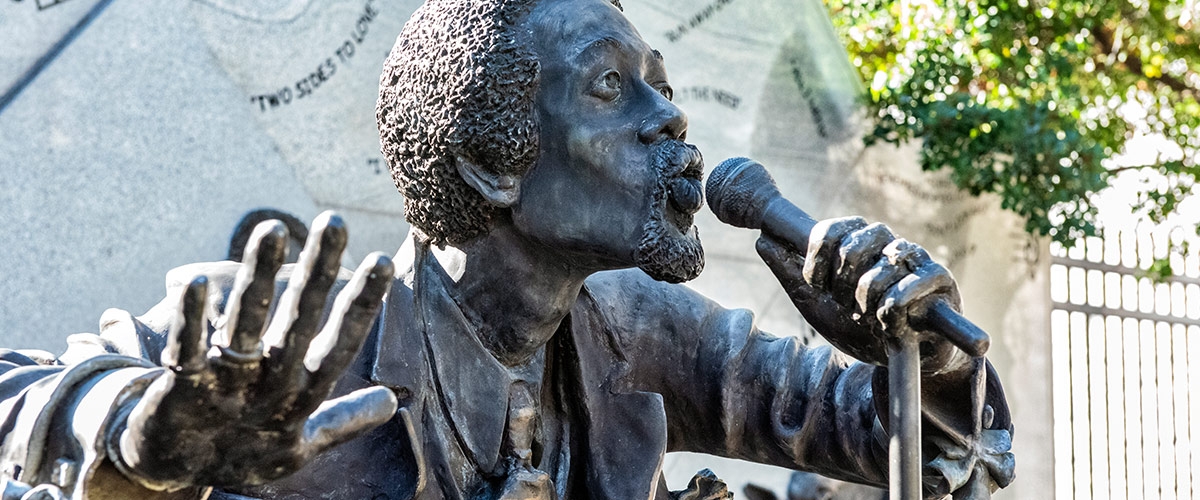Birmingham's Historic 4th Avenue Business District

Birmingham is a city with a rich and captivating history, including humble beginnings as a merger of three farm towns, eventually growing rapidly during the nation’s Reconstruction period, booming in the iron and steel and railroading industries.
The City's remarkable growth earned it the nicknames "The Magic City" and "The Pittsburgh of the South." While Birmingham faced significant challenges during the Great Depression, it rebounded with the help of New Deal programs, leaving behind a lasting legacy of infrastructure and cultural contributions, leading to iconic landmarks like the Vulcan’s Tower.
Also remarkable, however, is that this Main Street Alabama community remains one of the only surviving Black Business Districts in the Southeast still operating with a majority black-owned business ecosystem and property ownership.
Resiliency continued during the first half of the 20th century as the vibrant community flourished with quality of life businesses even hosting a Masonic Temple with a library and soda fountain and ballroom with performances by Duke Ellington and Count Basie, among others.
Today, the district thrives as home to a variety of delightful local businesses, historical sites and non-profit organizations. With landmark institutions like the Birmingham Civil Rights Institute and the Carver Theatre, it’s no wonder “Forward 4th Avenue” is the organization’s catchphrase that captures its essence as one America’s cultural locales everyone should experience.
Learn More
